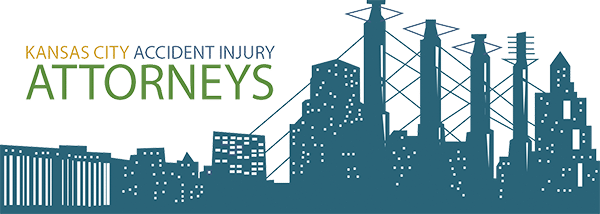Odds of Hitting a Deer in Kansas or Missouri This Winter
Late fall and early winter is the mating season for deer throughout North America, which increases the chance that they’ll dart across roads and into the path of your vehicle. A collision with a deer in Kansas or Missouri can do a lot of damage to your car and may also be deadly.
Every year, State Farm Insurance releases information about the likelihood of hitting a deer in each state. What are your chances in Kansas or Missouri?
Chances of Hitting a Dear
The deer population across the country is abundant, which means drivers in almost every state have a chance of hitting a deer, particularly in the late fall. However, according to claim data gathered by State Farm, your chance of hitting a deer, elk, or moose in Kansas and Missouri are slightly lower than in some other states.
In Missouri, your odds of colliding with a large animal are 1 in 117, making it the 17th riskiest state. Your odds are a little better in Kansas at 1 in 125, placing Kansas 18th in the nation for deer collisions.
The top five states are as follows:
- West Virginia: 1 in 41
- Montana: 1 in 58
- Pennsylvania: 1 in 67
- Iowa: 1 in 68
- South Dakota: 1 in 70
No matter what state you live in or are driving through, your chance of hitting a deer doubles in October, November, and December, which is mating season for deer. Your chances are also higher at dawn and at dusk, so those are the times to be the most alert.
How to Avoid a Collision With a Deer
There isn’t much you can do to avoid a deer darting from the side of the road straight into your car, but the following tips from State Farm can minimize the risk:
- When driving in rural areas where deer are likely to be, slow down, particularly at dusk and dawn.
- Deer travel in herds, so if you see one deer, there are likely to be several more. Be prepared for more deer to cross the road.
- Pay attention to deer crossing signs. These are placed in high deer traffic areas. If it’s dusk in November and you see a deer crossing sign, the odds are good you could hit an animal.
- Always use your high beams at night in areas where there are likely to be deer to see farther ahead and possibly avoid one in the road. Of course, you should turn them off when there is oncoming traffic.
- Brake if you can, but avoid swerving, which could result in running off the road and hitting a tree—potentially a much more severe crash.
- This is no time for distractions. Avoid eating, texting, or adjusting the radio and remain focused on the road, scanning for hazards, including animals. If you have a front seat passenger, he or she should also be alert for animals.
- Don’t rely on products such as deer whistles. They’re not proven effective and can give you a false sense of security.
- Always wear your seatbelt. If you do hit a deer, the easiest way to protect yourself and your passengers is by buckling up.
Always Be Prepared
Unfortunately, it doesn’t matter that the deer was the at-fault party—your insurance will have to pay your claim for damage and injuries caused by a collisions with a large animal. According to State Farm, the average claim for property damage from a crash with a deer is close to $4,000.
Have You Been Injured In A Kansas City Area Car Accident?
If you’ve been injured in a car accident you need to speak with an experienced car accident lawyer as soon as possible. Contact us online or call our Kansas City office directly at 816.471.5111 to schedule your free consultation.

